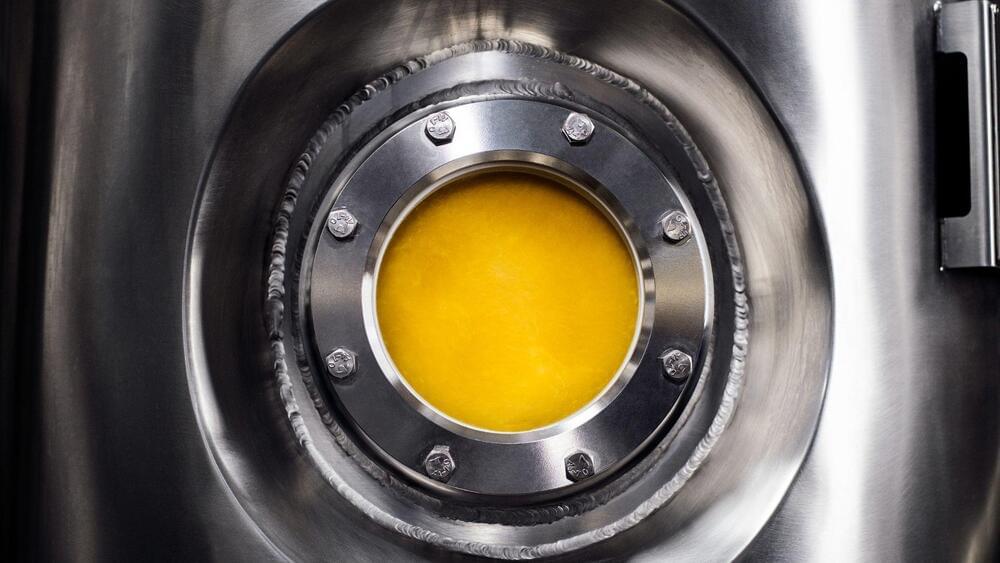A company has donated 350 of Smit’s, the biomechanical engineer behind the design, 3D-printed prosthetic hands to war victims in Ukraine.
Delft University of Technology (TU Delft) researchers designed laser-cutting 3D-printed prosthetic hands for Ukranian war victims. Thanks to laser-cutting technology, war victims get their prosthetic limbs more easily. These prosthetic hands are in use in India, and Indian company Vispala donated 350 of Smit’s 3D-printed prosthetic hands to war victims in Ukraine, according to the TU Delft.
Designed by biomedical engineer Gerwin Smit, the so-called “Hundred Dollar Hand” is very cheap to produce. Smit’s artificial hand offers a sturdy and trustworthy option because 80 percent of persons who require a prosthetic hand reside in nations with few resources. Wetenschap/YouTube.







